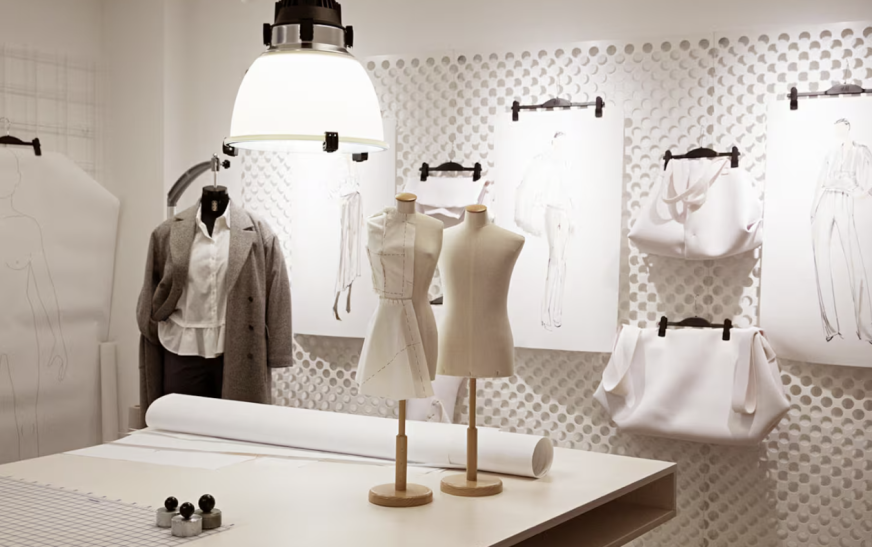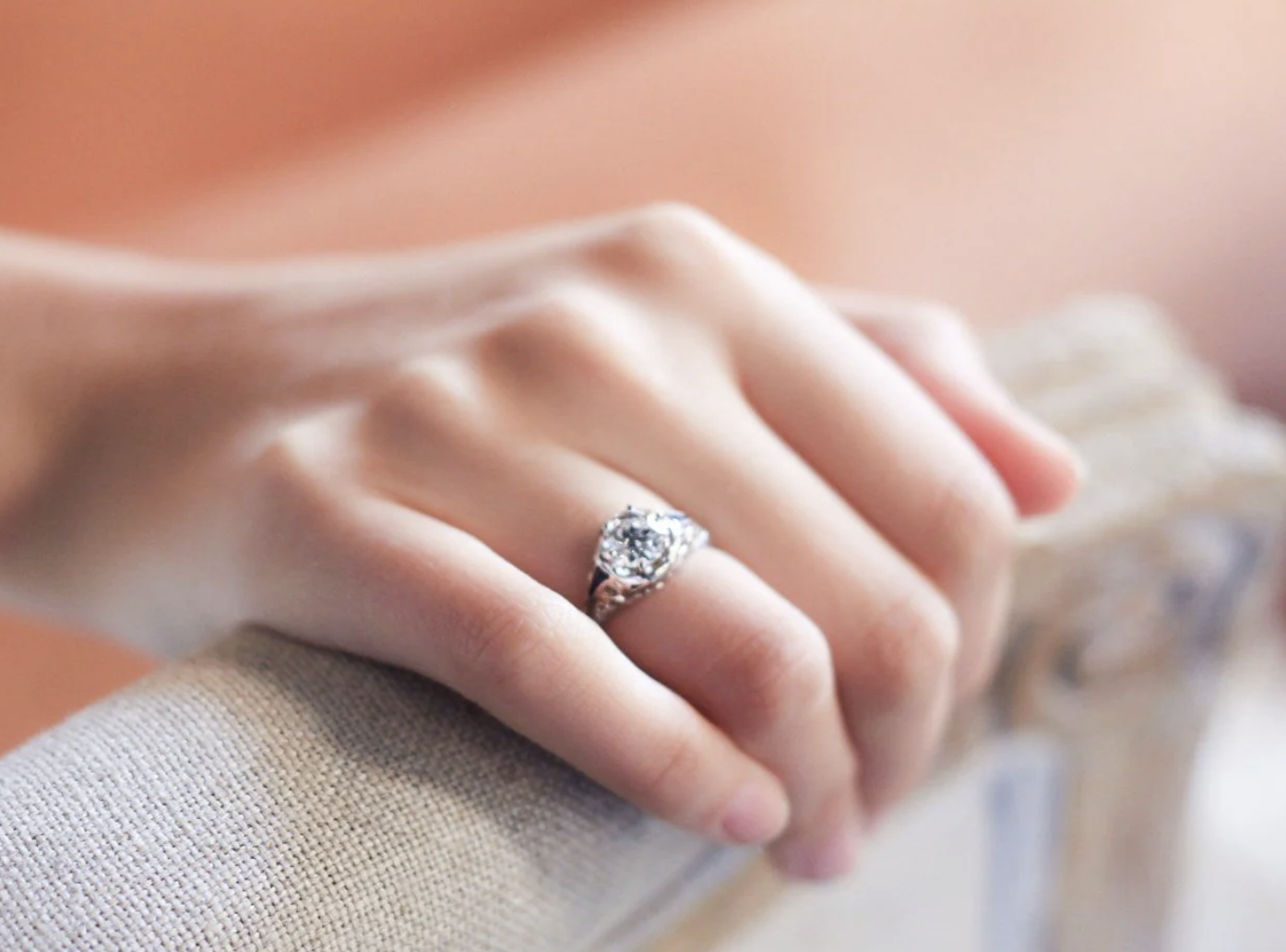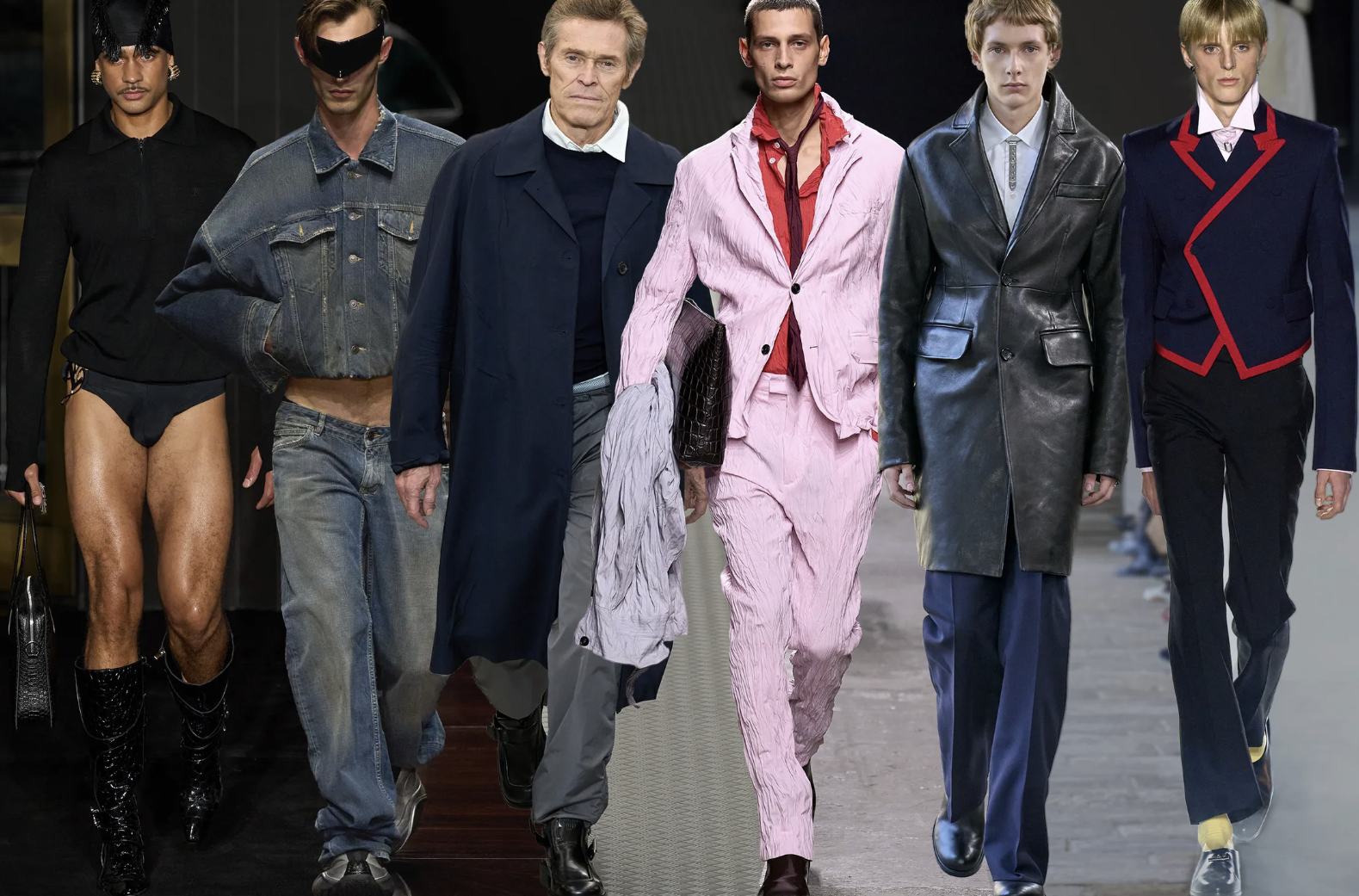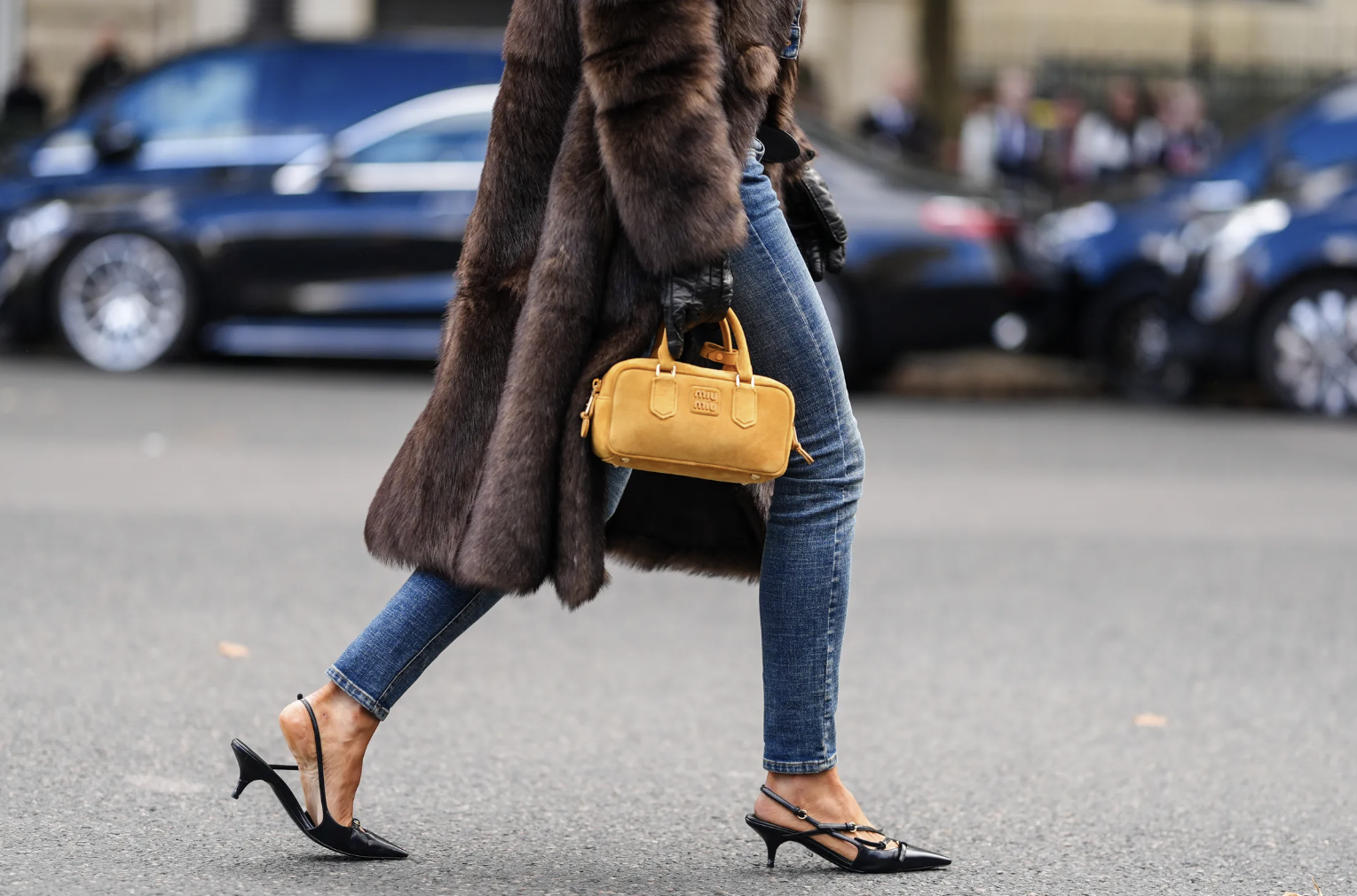In 2025, dupes are taking over men’s fashion—and there’s no shame in it. A quick scroll through TikTok, Instagram, or any fashion mood board reveals the growing popularity of items that mimic high-end pieces: cargo jackets reminiscent of Stone Island, sneakers that echo the style of Common Projects or Dior B23s, and varsity bombers that could easily pass for Saint Laurent. What was once done quietly has now become a bold fashion statement. Today’s style-conscious men know how to replicate high-end looks without breaking the bank, and they’re not keeping it a secret. But this raises a pressing question: are fashion dupes a problem, or is it simply that luxury brands are no longer offering enough to justify their high prices?
The conversation around fashion has shifted. It’s no longer just about “real vs. fake”; instead, the focus is on value, quality, and whether the trade-offs are worth it for today’s consumers. A great menswear dupe is more than just a cheap imitation—it’s often a reflection of a guy’s taste and aspirations. When men buy replicas of luxury items like an AMI wool overcoat or a Thom Browne cardigan, it’s not because they dislike the original. They purchase it because they admire the look, but can’t justify paying thousands for it. In many cases, a dupe is a respectful nod to the original design, with the message: “I appreciate the vision, but I just can’t afford the price tag right now.”
Fast fashion and mid-tier brands have gotten better than ever at replicating the most coveted luxury styles, colors, and fits. This shift has placed more pressure on high-end labels. Are they still setting the trends with superior design, quality, and innovation? Or are they simply charging a premium for their name?
Today’s consumer is more informed than ever before. Men now ask: Is that £1,200 coat worth it? Is it really made in Italy, or just marketed as such? Is the denim truly selvedge, or just another buzzword? Are those pricey trainers built to last, or will they fall apart after a few wears? Luxury isn’t just about status anymore—it’s about craftsmanship, sustainability, and authenticity. If a dupe can deliver a similar look at a fraction of the cost, with only a few sacrifices in quality, it’s no surprise that more men are opting for the more affordable alternative.
That said, buying dupes isn’t without its trade-offs. While they may get the aesthetic right, they often fall short when it comes to fabric quality, responsible production, and long-term durability. The leather may be bonded instead of full grain, the wool may start to pill after a few wears, and the stitching could fray more quickly than expected. In the end, while you might save money upfront, you might find yourself having to replace your dupes sooner than you would a luxury item. Additionally, with counterfeit goods flooding the market, purchasing dupes from untrustworthy sources can come with serious legal and ethical risks.
The broader issue at play is that menswear is at a crossroads. With potential tariffs on goods made in Southeast Asia and China threatening to push prices even higher in the U.S., and luxury brands already charging ridiculous premiums—£1,200 for a basic t-shirt, for example—more men are asking: What exactly am I paying for? Dupes are no longer just a way to get the look on a budget; they’re a statement. Unless luxury brands make significant improvements in transparency, craftsmanship, and offering real value, more and more men will turn to alternatives.













